Deciding whether a 25-degree hybrid is right for your game can seem daunting, but it doesn’t have to be.
If you’re struggling with longer irons, this club might be a game-changer. A 25-degree hybrid is most comparable to a 5 iron, providing similar distance and improved forgiveness, making it a great option for many golfers.
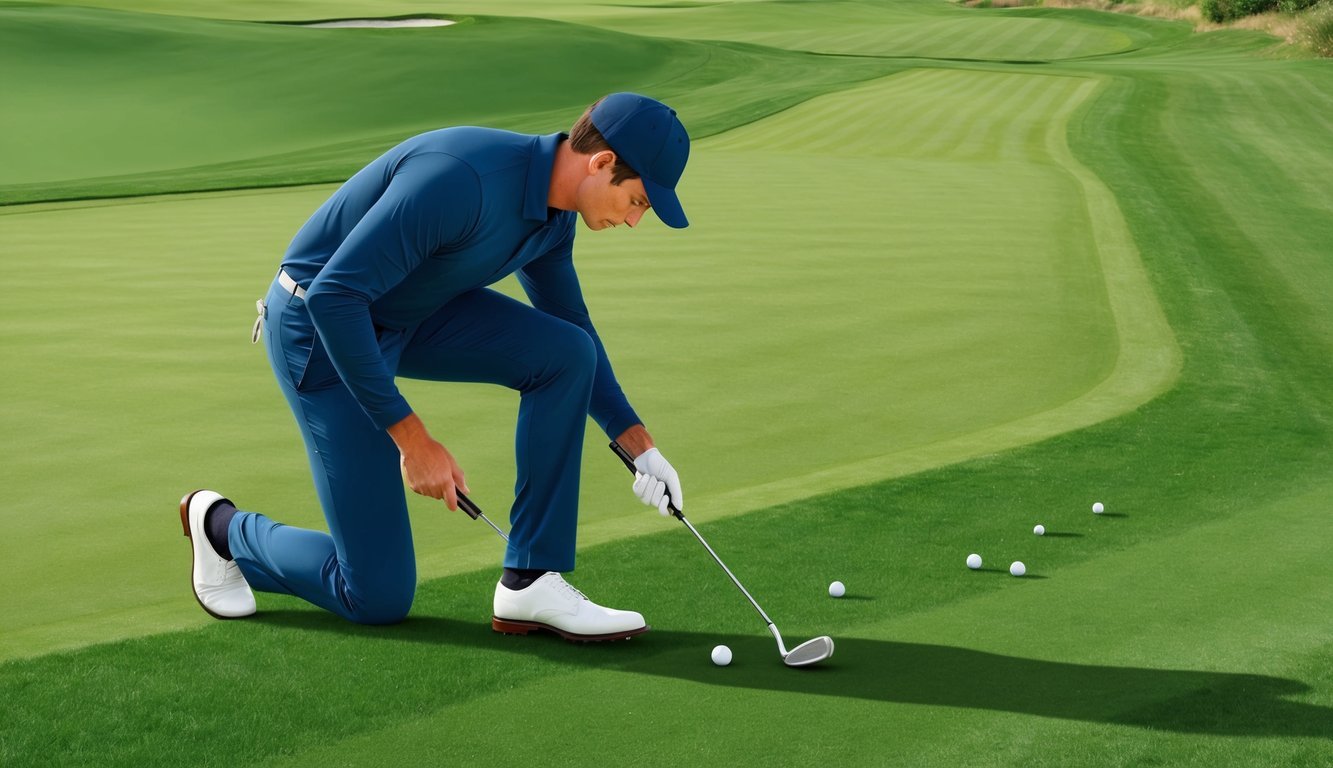
This club is perfect for those frustrating shots where your 5 iron just isn’t consistent enough.
Its design typically features a lower center of gravity and a slightly longer shaft, offering a more forgiving swing.
By bridging the gap between your longer irons and fairway woods, the 25-degree hybrid might just be the missing piece in your golf bag.
Exploring the benefits and specifications of this club can transform your game.
You’ll find it particularly useful in scenarios where a high launch and softer landing are necessary.
In this post, we’ll dive deeper into who can gain the most from adding this versatile club to their set and how it can help create a more balanced bag.
Key Takeaways
- A 25-degree hybrid compares closely to a 5 iron.
- Ideal for golfers needing more consistency in longer shots.
- Offers easier use with specific design enhancements.
Understanding Hybrids in Golf
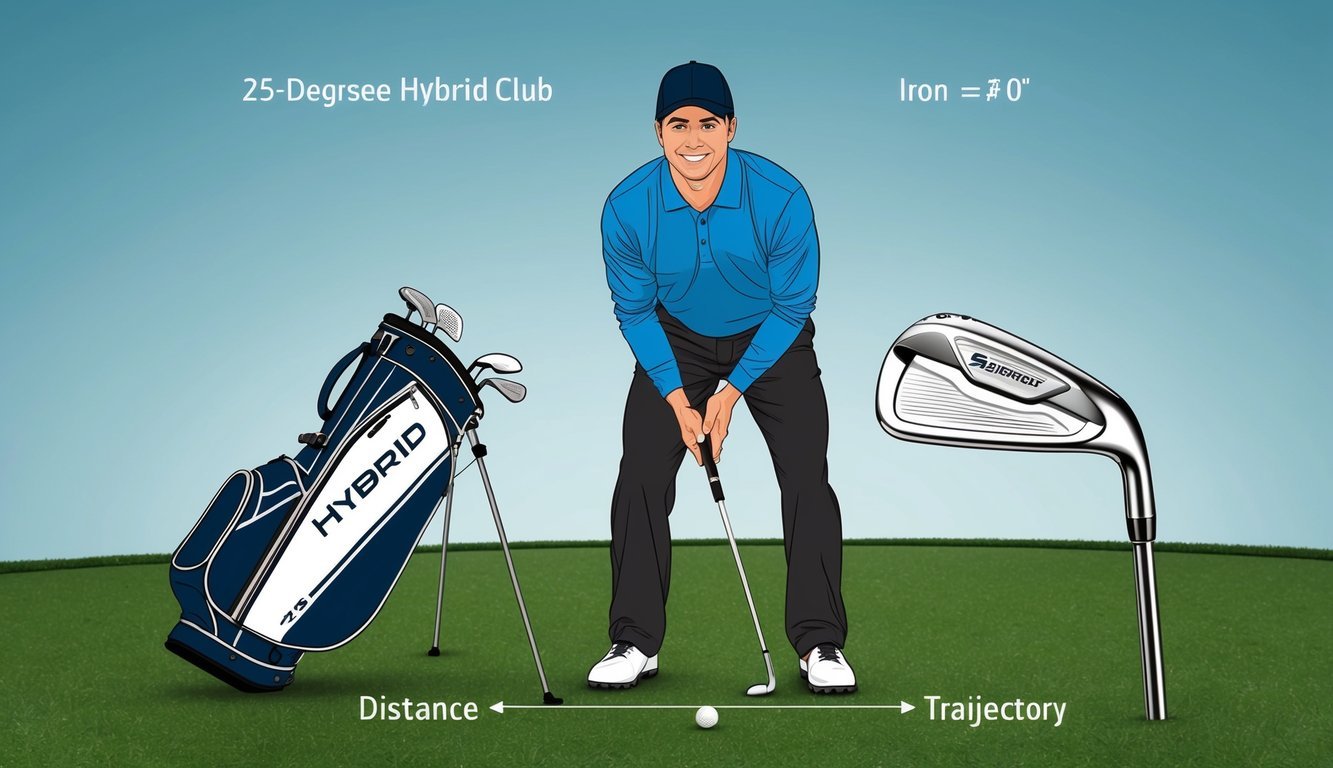
Hybrids are a wonderful blend of the best characteristics from both long irons and fairway woods.
They are designed to give you more control and better performance on the course.
If you’ve ever struggled with consistency using long irons, a hybrid might be a game-changer.
The design of hybrid clubs often features a larger sweet spot and a lower center of gravity.
This makes it easier for you to get the ball airborne and achieve a longer, more forgiving shot.
Most hybrids come with graphite shafts, increasing swing speed and distance, while maintaining control.
Here’s a simple comparison:
| Hybrid | Iron Equivalent |
|---|---|
| 19-degree | 3 Iron |
| 22-degree | 4 Iron |
| 25-degree | 5 Iron |
The rounded head of hybrids allows you to easily make contact with the ball from difficult lies.
This is something you might find challenging with traditional clubs.
Many players find this easier to handle compared to the flatter face of irons.
When selecting your hybrid, consider the loft you need and how it fits with the other clubs in your bag.
The number on a hybrid generally corresponds to its iron equivalent, making it a seamless addition to your set.
By choosing the right hybrids, you can improve your game and enjoy your time on the course even more.
Comparing Hybrids to Traditional Irons
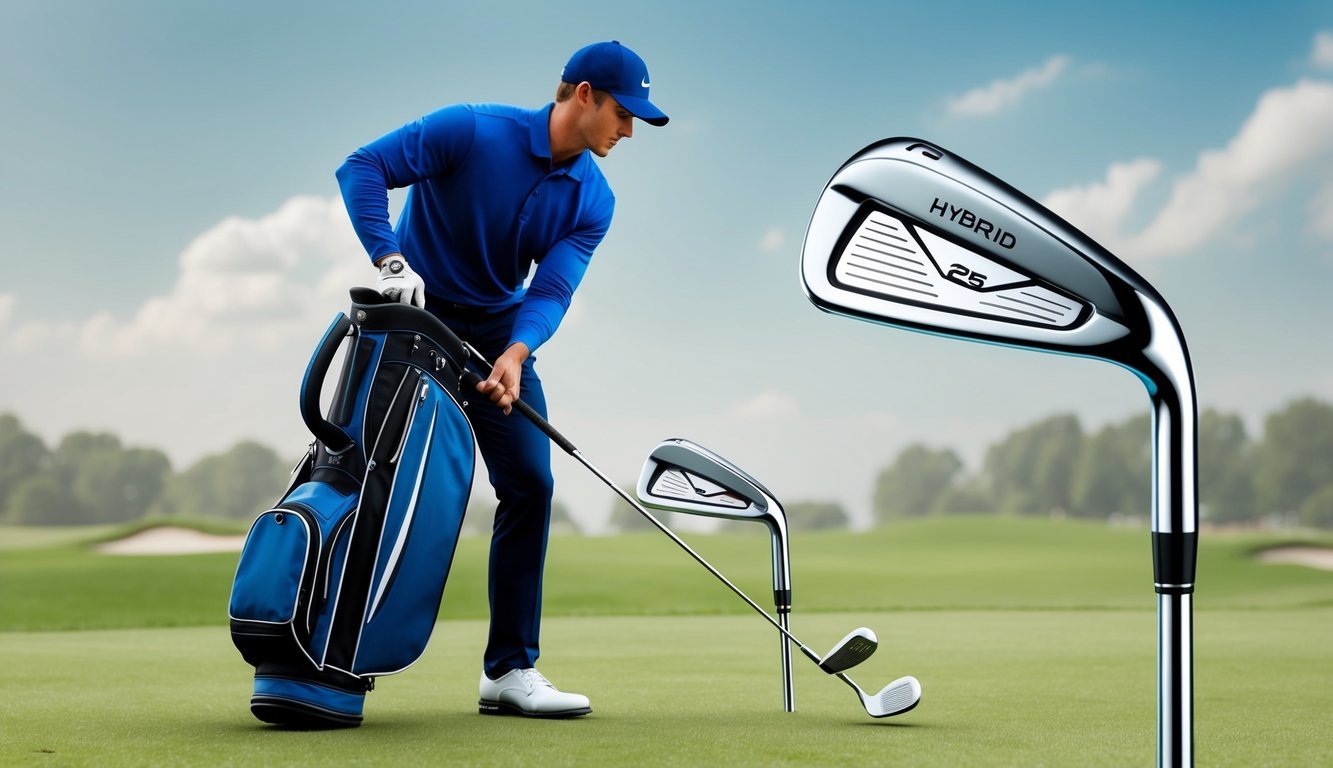
When you’re on the golf course, deciding between a 25-degree hybrid and a traditional iron can impact your game.
A 25-degree hybrid often replaces a 4 iron, providing advantages in certain conditions.
Distance and Loft
Hybrids generally offer more distance compared to traditional irons.
A 25-degree hybrid can help you achieve slightly longer shots than a standard 4 iron due to its unique design and loft differences.
Forgiveness and Game Improvement
Hybrids are engineered for forgiveness, making them an excellent choice for golfers looking for game improvement.
With a broader sweet spot, you’ll find it easier to make solid contact, even on off-center hits.
Ease of Swing
Hybrids are particularly beneficial if you’re struggling with swing speed.
Their lighter design, often featuring graphite shafts, allows for faster swings, which can add yardage and improve consistency.
Considerations
While hybrids can be beneficial, some golfers still prefer the precision and control offered by traditional irons.
Traditional irons, like the 4 iron, can provide better accuracy at close range, thanks to their flat blade-like face.
Technical Specifications of a 25 Degree Hybrid

A 25-degree hybrid offers a unique combination of loft and clubhead dynamics that can enhance your golf game.
Understanding how these elements work together is essential for optimizing performance on the course.
Loft and Distance Correlation
A 25-degree hybrid fills a gap in your golf bag by offering a loft that is similar to a 5-iron but with added benefits.
At this loft, the club provides a forgiving launch, assisting golfers in achieving consistent distance with a softer landing.
According to a distance chart, you can expect a 25-degree hybrid to cover distances typically associated with a 5-iron or 9-wood but with more control and ease of use.
This club is particularly beneficial for players seeking an easier-to-hit alternative to longer irons, making it a popular choice for many golfers.
Clubhead and Shaft Dynamics
The design of the clubhead in a 25-degree hybrid is focused on increasing the moment of inertia (MOI) to provide stability and forgiveness.
Often, this includes a larger sweet spot to better accommodate off-center hits.
The shaft of the hybrid is usually longer than that of the corresponding iron, albeit shorter than a wood.
This design allows you to swing faster, enhancing your ability to hit the ball further.
Many hybrids feature graphite shafts, which are lighter and contribute to increased swing speed and overall control, making them ideal for improving your game.
The Ideal Golfer’s Profile for a 25 Degree Hybrid
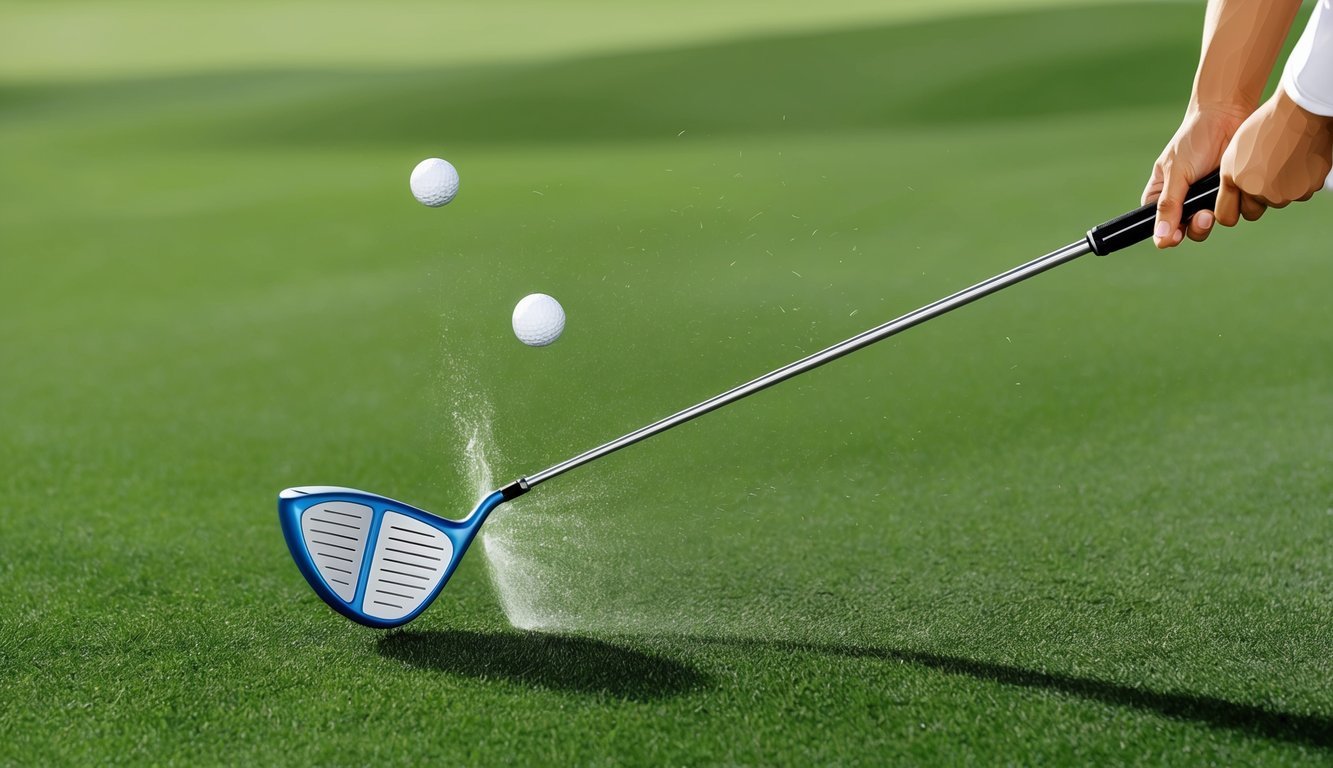
When choosing a 25 degree hybrid, consider your average swing speed and playing style.
If you have a slower swing speed, this club might help achieve better trajectory and distance.
It’s designed to be forgiving, making it a great match for those who struggle with long irons.
Handicap levels play a significant role too.
High handicap players often find a 25 degree hybrid easier to hit than traditional long irons.
Its design supports easier launch and better control.
It replaces a 5 iron, providing more consistency in strikes and a greater margin of error.
Accuracy and control are crucial.
If you seek precision, this club’s combination of a wood-like head and iron shaft can enhance your shot-making ability, especially around the 180-yard mark.
It allows for a higher ball flight, assisting in stopping the golf ball on the greens more efficiently.
For those aiming to improve their game, this hybrid helps to maintain your natural swing motion while providing additional forgiveness on off-center hits.
It’s particularly suitable for players who want to maximize distance without sacrificing shot accuracy.
If you frequently face challenges with establishing control and wish for more reliable trajectory, a 25 degree hybrid might just transform your game.
It ensures you gain the distance advantage without compromising on the quality of your shots.
Using Your Hybrid on the Golf Course
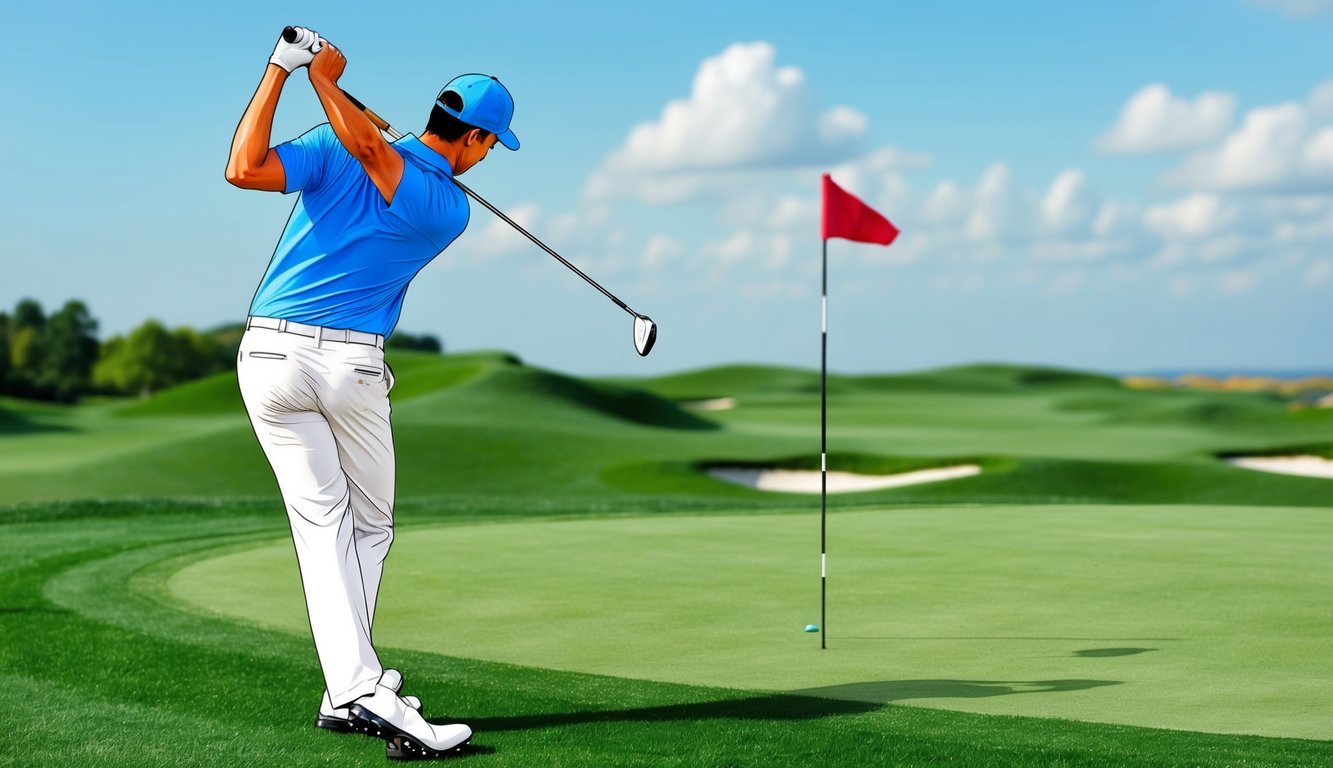
Using a hybrid golf club effectively requires understanding its strengths in various situations.
With their combination of the characteristics from both irons and fairway woods, hybrids offer versatility on different terrains and help improve distance and precision.
Strategies for Different Terrains
Hybrids are your friends in the rough.
Their design provides better weight distribution, making it easier to get under the ball.
This helps you achieve better lift and height, even on less ideal lies.
When you’re on the fairway, they can offer the distance of fairway woods with the control of irons.
It’s especially useful for long approaches to the green where accuracy is key.
When playing out of a sand trap or uneven ground, maintaining confidence in your strike is crucial.
The hybrid’s unique design aids in producing a smoother divot, which ensures solid ball contact.
This club is also beneficial when you need to land the ball softly on the green from a distance.
Keeping a hybrid in your golf bag can lead to more greens in regulation.
Maximizing Shot Effectiveness
Maximizing the effectiveness of your hybrid involves mastering the distance gaps in your set.
Knowing the carry distance it provides is essential, as it often covers the gap between your longest iron and shortest fairway wood.
This club excels in hitting long shots with a high ball flight.
Brands like Callaway and Titleist offer options that cater to different preferences, allowing you to find a model that enhances your performance.
Pay attention to your stance and grip, as they affect the ball’s flight path.
A small adjustment might optimize the trajectory and help you land the ball closer to the desired target.
Practicing with your hybrid in various scenarios will boost your confidence and ensure you’re making the most of it on the course.
Selecting the Right Golf Clubs for Your Bag
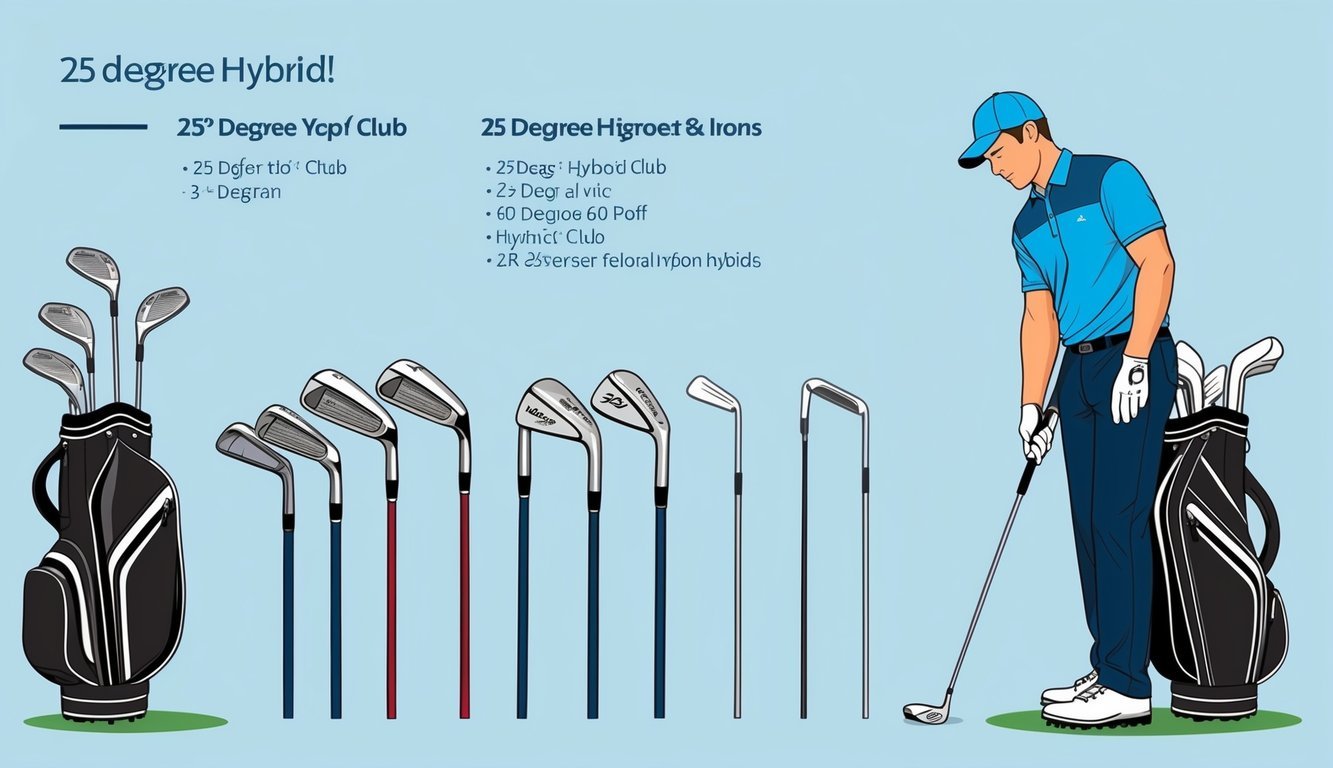
Finding the right set of clubs can greatly improve your game.
Each club has a specific role, from the driver for long tee shots to a pitching wedge for short approaches.
Each can make a difference in your performance.
A 5 hybrid might replace traditional irons in your bag.
It’s designed with game improvement features that enhance consistency and forgiveness.
The head is often more forgiving than blades, offering a larger sweet spot.
Meanwhile, a 3 hybrid helps with greater distance and can be useful on the turf with its higher launch angle.
When choosing, pay attention to clubhead speed and adjustability features.
Modern technology, such as those highlighted by Golf Digest, can help tailor clubs to your needs.
Steel shafts are common, but graphite can add extra whip for more spin.
The trend towards stronger lofts in irons has adjusted their place in the lineup.
For instance, some hybrids feature loft angles that replace traditional irons altogether.
This is crucial when you decide on which clubs to keep or swap out.
Tools like Arccos can track performance, giving you data to make informed decisions.
Experiment with different options and find what feels comfortable.
Consider versatile options that adapt to various playing conditions.
Following the example of professionals on the PGA Tour, mix and match to build confidence and capability across the course.

